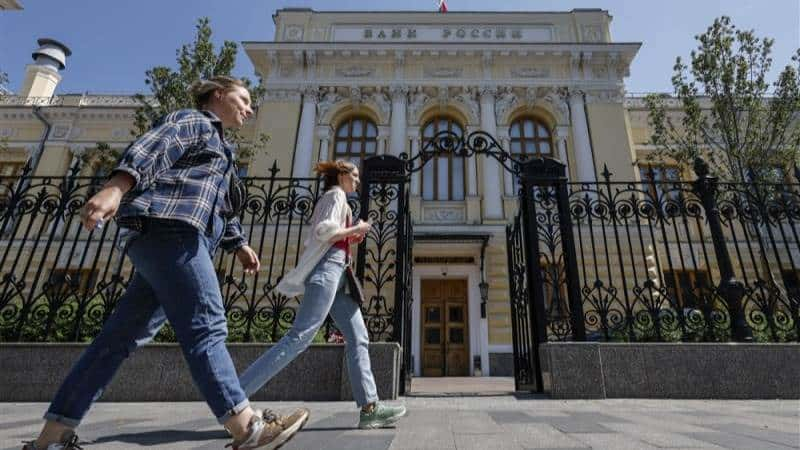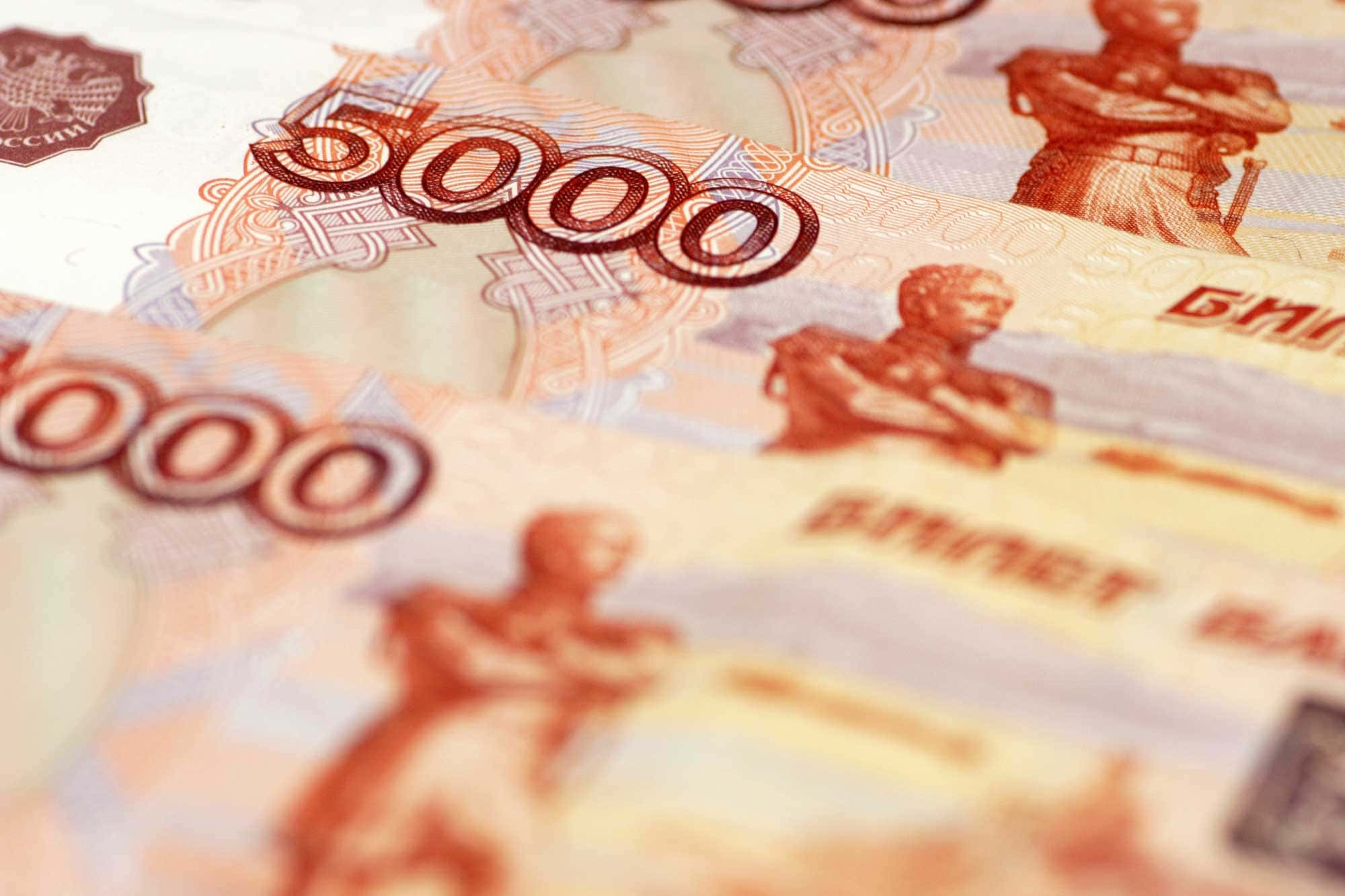Over the past weekend, the currency reached a new low, with 1 ruble being equivalent to just 1 US cent. This translates to a staggering exchange rate of 100 rubles for just $1 US.

The Russian ruble tanks have plunged to new depths in its ongoing decline, as its value dropped significantly once again
In addition to this decline, the Russian ruble tanks continued to falter against the euro, with the value of €1 occasionally soaring to nearly 110 rubles.
This latest nosedive marks the ruble’s weakest point since March 2022, when the currency plummeted following Russia’s controversial invasion of Ukraine. While the Russian ruble tanks managed to recover some ground in the months that followed, thanks to surging energy prices, the past year has seen a steady erosion in its value.
To put this into perspective, before the annexation of Crimea by Russia in 2014, 30 Russian ruble tanks were equivalent to $1. However, within the last year alone, the ruble has lost over 30% of its value against both the dollar and the euro.
In an attempt to halt the ruble’s freefall, Russia’s central bank has taken decisive action. On Tuesday, the bank made a bold move by raising its key interest rate by a substantial 350 basis points to 12%. This extraordinary measure follows a larger-than-expected rate hike to 8.5% in July, aimed at shoring up the currency’s value.
After the announcement, the Russian ruble tanks were seen trading at 98.03 against the dollar, a slight improvement from the lows of around 102 seen on Monday
Elvira Nabiullina, the Governor of the Bank of Russia, attributed the Russian ruble tanks’ weakness to declining foreign trade and pointed to increased inflation resulting from significant government expenditure and labor shortages caused by the ongoing expensive war effort.
The Russian central bank emphasized that declining exports and rising import demands have created a situation of “significant reduction” in export value. This comes at a time when increased government spending and rapid lending growth further complicate the economic landscape.
While concerns over financial stability have been voiced, Alexei Zabotkin, Deputy Governor of the Bank of Russia, assured reporters that they perceive no immediate risks. He reiterated the central bank’s commitment to a flexible exchange-rate policy that enables the economy to adapt to changing external conditions.
Disagreements over the cause of the Russian ruble tanks’ slump have arisen. Maxim Oreshkin, an economic adviser to the government, placed blame on the central bank’s lenient monetary policies, accusing them of weakening the Russian ruble tanks and fueling inflation. However, others see the decline as a manifestation of the broader economic damage incurred by the costly war in Ukraine, coupled with Russia’s growing reliance on China.
The Russian ruble tanks’ downward spiral has also been linked to the dwindling prices of oil and gas exports and the departure of foreign companies from Russia. Analysts have noted that higher imports and increased foreign capital outflows have further exacerbated the currency’s decline.
READ ALSO: Ammon Bundy Arrested On Outstanding Warrant Following Football Banquet Incident




